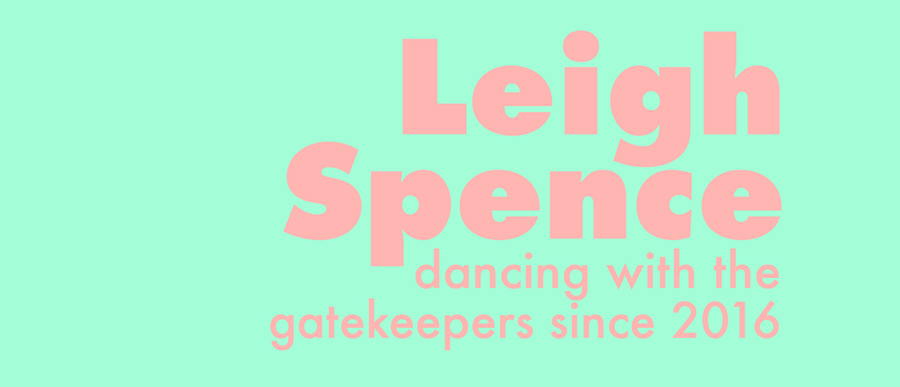I am still on a “Mission to Explain,” but what I had in mind requires more reading in order to explain correctly, and we must now also contend with the new term “alternative facts,” coined in the last week, i.e. facts that counter the facts most unhelpful to your own cause. Instead, I have a very important piece of information, discovered in the last couple of days, that made the world a little better for having discovered it.
The extremely well-known sound effect, “DUN-DUN-DUUUUNNNN!!!,” used as the most over-the-top reaction to, well, anything, not only has an actual name, but a composer as well.
Its correct name is “Shock Horror (a),” credited to Dick Walter (whose website is at www.dickwalter.co.uk - he also composed the famous piano tune from the series of advertisements for Yellow Pages), and comes from the “Classic Comedy” album produced by “library music” company KPM, now known as EMI Production Music, a division of Sony Music Publishing (formerly Sony/ATV Music Publishing - the music industry has many twists and turns).
I wouldn’t be surprised if the original reaction to this is, “who cares,” but, to me, knowing that the ubiquitous “DUN-DUN-DUUUUNNNN!!!” was actually written by someone makes it that bit funnier.
“Shock Horror (a)” – there is a “Shock Horror (b),” where the notes of music descend, instead of ascending with tension – is so ubiquitous a piece of music, I had it filed away in my mind alongside the “shave and a haircut” coda I previously discussed here, but it then becomes too easy to think “Shock Horror (a)” had also existed since the dawn of time, evolving from a basic human need to have the most over-the-top reaction available, on standby, should the need arise – knowing such a need is certain to arise is a discussion in itself. Only then do you remember it is a recording of an orchestra, meaning it had to have been made by someone, something that can be too easily be taken for granted.
This is where the existence of “library music,” and British companies like KPM, Bruton and DeWolfe, comes in – pieces of music that have been written in anticipation of a need yet to be determined. An example of their use is by the TV show “Monty Python’s Flying Circus” which, along with the first two Python films, relied upon the DeWolfe library for almost all the music you heard, finding music to fit their sketches.
This situation throws up some interesting cases. “Best Endeavours,” written as a corporate-sounding piece by Alan Hawkshaw, is best known as the theme for “Channel 4 News,” but was also used by the 7 Network in Australia for their main evening news, and even in the Clint Eastwood film “Pale Rider.” Another Hawskhaw piece, “Chicken Man,” was used by the BBC as the theme for children’s drama “Grange Hill,” while being used by ITV, at the same time, for the game show “Give Us a Clue.”
From personal experience, listening to library music is like falling down a rabbit hole, going from one piece to the next, imagining what you could do with them. It’s worth a go, if you are looking for some new sounds.














